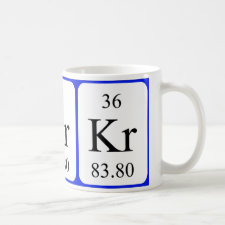
Authors: Omidi F, Behbahani M, Samadi S, Sedighi A, Shahtaheri SJ
Article Title: Coupling of Molecular Imprinted Polymer Nanoparticles by High Performance Liquid Chromatography as an Efficient Technique for Sensitive and Selective Trace Determination of 4-Chloro-2-Methylphenoxy Acetic Acid in Complex Matrices.
Publication date: 2014
Journal: Iranian Journal of Public Health
Volume: 43
Issue: (5)
Page numbers: 645-657.
Alternative URL: http://ijph.tums.ac.ir/index.php/IJPH/article/viewFile/5996/2410
Abstract: Background: 4-chloro-2-methylphenoxy acetic acid (MCPA) is one of the most important pesticides which is extensively used to control weeds in arable farmland. Exposure to this compound occurs in general population and persons who occupationally handle it. The aim of this present work was the preparation of MCPA imprinting polymer and its application as a selective sample preparation technique for trace determination of MCPA in biological and environmental samples.
Methods: In this study, MCPA imprinting polymer was obtained by precipitation polymerization using methacrylic acid (the functional monomer), ethylene glycol dimethacrylate (the cross-linker), 2,2'-azobisisobutyronitrile (the initiator) and MCPA (the template molecule) in acetonitrile solution. The MIP-NPs were characterized by thermogravimetric analysis and scanning electron microscopy. The optimization process was carried out applying batch method. After optimization of the parameters, affecting the adsorption and desorption of analyte, urine and different water samples were used to determine MCPA.
Results: Imprinted MCPA molecules were removed from the polymeric structure using acetic acid in methanol (20:80 v/v %) as the eluting solvent. Both sorption and desorption process occur within 10 min. The maximum sorbent capacity of the molecular imprinted polymer is 87.4 mg g-1. The relative standard deviation and limit of detection for water samples by introduced selective solid phase extraction were 4.8% and 0.9 μg L-1, and these data for urine samples were 4.5% and 1.60 μg L-1, respectively.
Conclusion: The developed method was successfully applied to determine MCPA in urine and different water samples.
Template and target information: 4-chloro-2-methylphenoxy acetic acid, MCPA
Author keywords: Molecular imprinted polymer nanoparticles, 4-chloro-2-methylphenoxy acetic acid, Selective preconcentration, Urine and water samples



Join the Society for Molecular Imprinting

New items RSS feed
Sign-up for e-mail updates:
Choose between receiving an occasional newsletter or more frequent e-mail alerts.
Click here to go to the sign-up page.
Is your name elemental or peptidic? Enter your name and find out by clicking either of the buttons below!
Other products you may like:
 MIPdatabase
MIPdatabase









